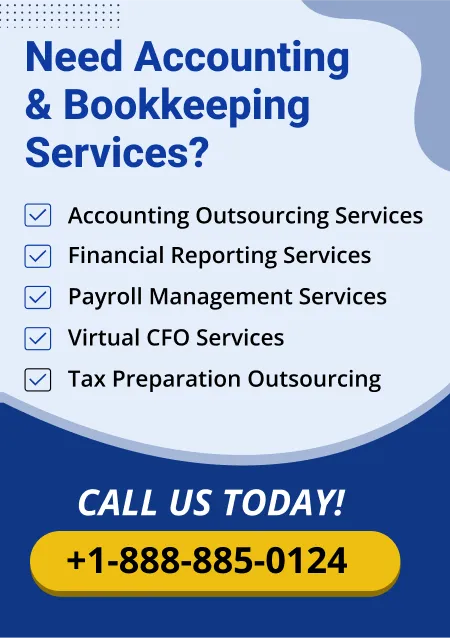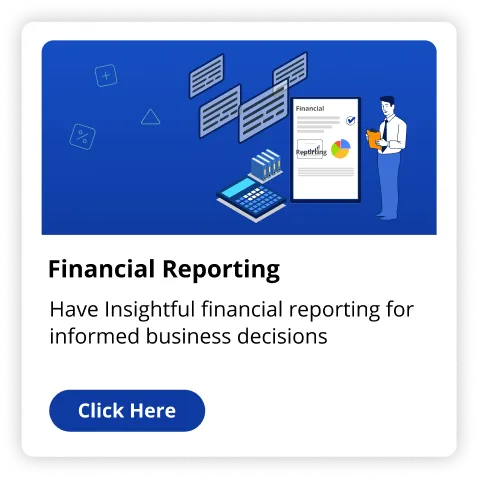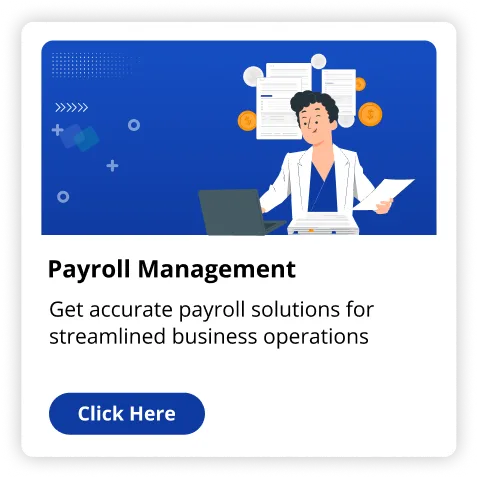The building blocks of the financial operation of any business lies in accounts payable (AP) and accounts receivable (AR). AP is the money your business owes to service providers while AR is the money owed by the customers utilizing the goods/services provided by your business. These two facets are crucial in determining the cash flow management and whether your business has enough funds to pay-off debts. But when it comes to handling AR and AP, hundreds of small and mid-sized businesses fall prey to costly errors. These errors can lead to mismanagement of cash flow, sabotaging supplier and customer relationships and even bankruptcy in worst case scenarios. The liquidity of a business may be adversely affected by mishandling AR, which may lead to delayed payments and in some instances lead to unsalvageable debts. This article discusses some of the frequent mistakes businesses make while handling their accounts receivable and payable while lying down some feasible solutions to ensure the success of your business hereafter.
Scanty Credit Management for Accounts Receivable
Fault:
When credit gets extended without first determining a customer's creditworthiness, late payments or bad debts may arise, which will have an undesirable impact on cash flow.
Solution:
Put in place an in-depth credit assessment procedure. Before extending credit, consider a customer's history of payments, credit standing, and stability of finances. Review and modify credit terms frequently in light of the customer's payment history and the state of the market..
Lack of follow-up: Taking responsibility
Fault:
There may be severe cash flow problems and even revenue losses if past-due payments are not followed up on.
Solution:
The solution is to set up an organized process for monitoring and collecting past-due invoices. To computerize reminders and elevate communication when needed, use accounting software. To incentivize timely payments, think about adding interest or late fees.
Poor Invoice Management and Documentation
Mistake:
Inaccurate or confusing invoices can cause uncertainty for clients and lead to payment delays and conflicts.
Solution:
Make sure that your invoices are precise, thorough, and simple to read. Provide all relevant details, including the terms of payment, deadlines, contact information, and descriptions of the goods and services. In order to ensure consistency and automate the process, use invoice management software.
Missing Early Payment Discounts
Fault:
Overlooking supplier early payment discounts can result in lost savings and higher expenses overall.
Solution:
Use accounting software to prioritize and keep track of invoices that have discounts for early payments. By using the benefits of these savings, suppliers' relationships are strengthened in addition to saving money.
Mishandling Cash Flow Management
Fault:
If a business lacks a clear grasp of its cash flow, it could end up under financial pressure due to overextending oneself to payments or neglecting obligations.
Solution:
Create a thorough plan to handle cash flow that involves frequent forecasting and inspection. Create cash flow reports using financial software to make sure your business can pay its debts and jump at expansion chances.
Lax Payment Processes
Fault:
Using manual methods of payment might result in oversights, missed due dates, and late payments.
Solution:
Use accounting software and digital technologies to automate payment procedures. Automation accelerates accounts payable procedures, guarantees payment on time, and minimizes human mistake.
Not Reconciling Accounts Regularly
Fault:
Discrepancies, irregularities, and the threat of fraud can result from inconsistent account reconciliation.
Solution:
Use accounting software to automate the process of arranging monthly account reconciliations. Frequent reconciliation offers a clear financial picture, ensures correctness, and lowers the probability of fraud.
Turn a blind eye to Vendor Relationships
Fault:
Relationships with vendors can be damaged by lack of interaction or late payments, which can result in undesirable circumstances or disruptions.
Solution:
The answer is to keep your vendor relationships good by being clear, payment on time, and maintaining lines of communication accessible. Gaining a reputation for trustworthiness might help you get bigger deals, larger partnerships, and better terms.
Failing to Train Staff on AR and AP Practices
Fault:
Staff members might struggle to understand AP and AR procedures without the right training, which might result in mistakes and inefficiencies.
Solution:
One possible solution is to provide continuous training to employees on industry standards, software tools, and best practices for AR and AP. A competent staff reduces mistakes, boosts productivity, and protects the financial stability of your business.
Tumbledown Regular Financial Reviews
Fault:
Missed chances for improvement of processes and financial stability might arise from missing routine financial evaluations.
Solution:
To evaluate the effectiveness of the AP and AR processes, perform frequent financial evaluations. Utilize these assessments to pinpoint inefficiencies, enhance cash flow control, and foster business growth.
Conclusion
More than ever, efficient accounts receivable and payable management is crucial in contemporary fast-moving business climate. Inadequate management of these domains may result in problems with cash flow, damaged connections with suppliers and consumers, and possibly even a risk of insolvency. Businesses can protect their financial stability by being aware of and avoiding common errors including insufficient credit management, inadequate invoice paperwork, and ineffective payment procedures.Adopting robust AR and AP procedures promotes overall corporate growth and efficiency in addition to assisting in the upkeep of a healthy cash flow. Advanced accounting software, personnel training, and routine economic evaluations can all greatly improve the way accounts receivable and payable are overseen. Prioritizing precise and effective AR and AP administration helps businesses guarantee on-time payments, improve client relations, and suppliers, and ultimately assist them accomplish their targets for the future. Financial procedures should change and expand with businesses.
Read Also How to Calculate the Accounts Receivable Turnover Ratio: A Practical Guide

























